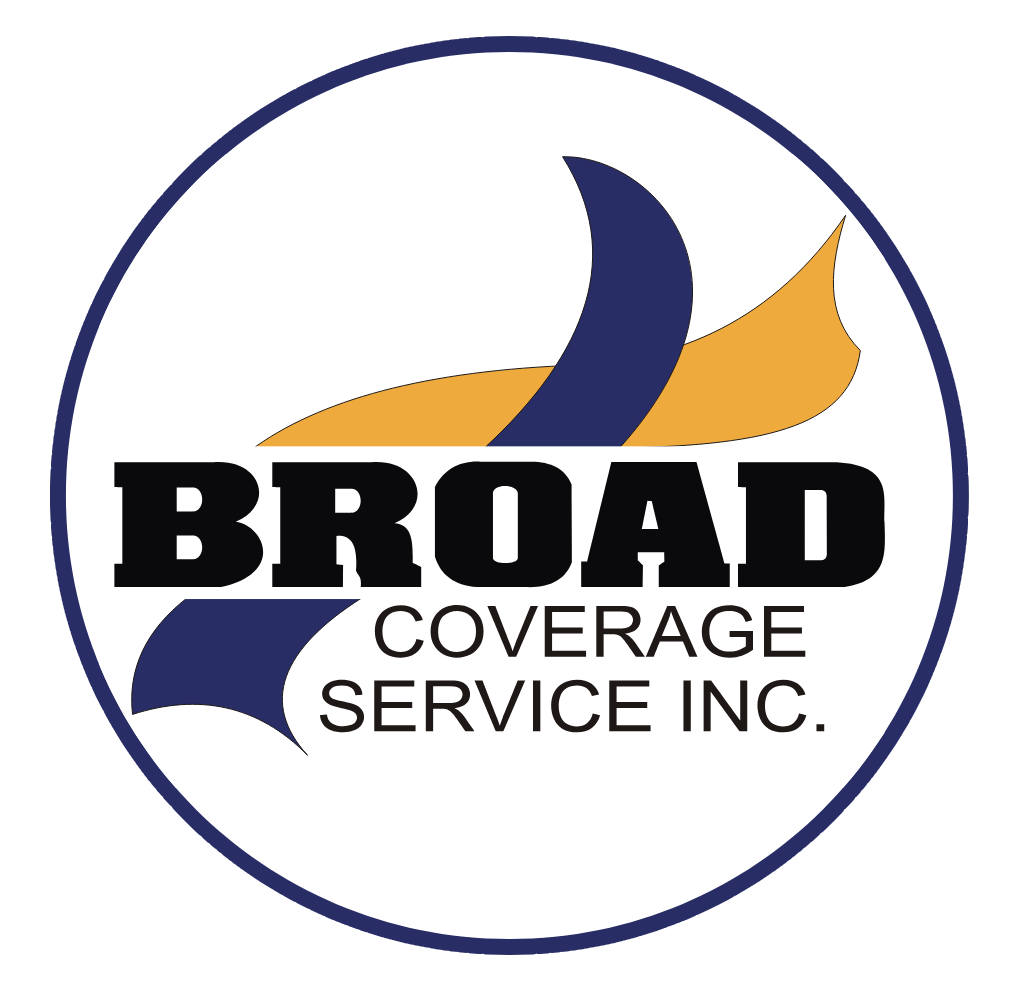Prescriptive analytics provides you with data-backed decision options that you can weigh against one another.
While data and analysis have always been at the heart of the insurance industry, analytics is becoming an increasingly essential component of every insurance profession and business.
The technologies and practices of analytics are advancing every day — and insurance carriers and insurance professionals would do well to understand and keep pace with advances in the application of analytics.
The speed of business, in general, is accelerating and the pace of decision-making must keep up. Data is becoming ever more abundant and advances in technology have opened new opportunities to create and capture value through analytics.
Underwriters and claims professionals are constantly challenged to make the right decisions quickly, and most realize that they can no longer rely on professional judgment alone.
Today, insurers need to leverage data-driven predictive insights that augment human intelligence to deliver superior business outcomes whether in pricing, claims, underwriting, operations — or sales and marketing.
One of the primary shifts we’re seeing in best-in-class insurance companies is the use and integration of analytics into business processes and decisions. Concurrently, at best-in-class companies, we are seeing evolution to — and focus on — moving from predictive analytics to prescriptive analytics.
Predictive analytics leverages AI and machine learning algorithms to build predictive models. Prescriptive analytics goes beyond predicting options to suggest or recommend a range of prescribed actions — and pairs that with information on the potential outcomes and consequences of each decision or action.
Predictive analytics provides you with the raw material for making informed decisions, while prescriptive analytics provides you with data-backed decision options that you can weigh against one another.
Let’s look at a sample use case of how predictive analytics and prescriptive analytics work in an insurance setting.
Currently, an insurance professional in any given line of work might get a couple core analytics to help guide their decision-making process. However, the amount of data and analytics available is growing rapidly, and it is not uncommon for a professional to have three, four or a half dozen or more analytics on their dashboard.
So, the growing dilemma is how to manage and make sense of all this information; how to interpret and apply the analytics. What action should I take? What decision is best for my organization?
Let’s look at this challenge from a customer retention standpoint, as an example. Predictive analytics might tell me that 85% of my policy lapses may come from 10% of my customers.
Prescriptive analytics puts a prescription, a recommendation, on top of the prediction. It may tell me the policy profitability, price sensitivity and price recommendation as well as cross-sell opportunities for a set of customers or an individual customer.
So now I have prescriptive data to help guide my decision-making and interaction with that 10% of customers — and specific advice for specific groups or customers. Put that information in the hands of underwriters, marketing and sales and we see that those companies increase their retention.
So, what does that equate to in growth and profitability? The average retention rate in the insurance industry is 84%, but best-in-class companies are beating that average by more than 10%.
If you compare two companies, one using baseline analytics and the other using prescriptive analytics, the outcomes in terms of growth and profit profitability are quite stark.
If we compare Company A and Company B, both with $1 billion in revenue or a $1 billion line of business. Company B (baseline) has an industry average 84% retention. Company A, using predictive and prescriptive analytics, achieves 91% retention. The growth after just one year is Company A increases revenue by $100 million and Company B has negligible growth. After just five years, Company B grows to $1.16 billion while Company A has grown to $1.6 billion. A difference of more than $400 million.
That’s a bottom-line view of the power of prescriptive analytics.









